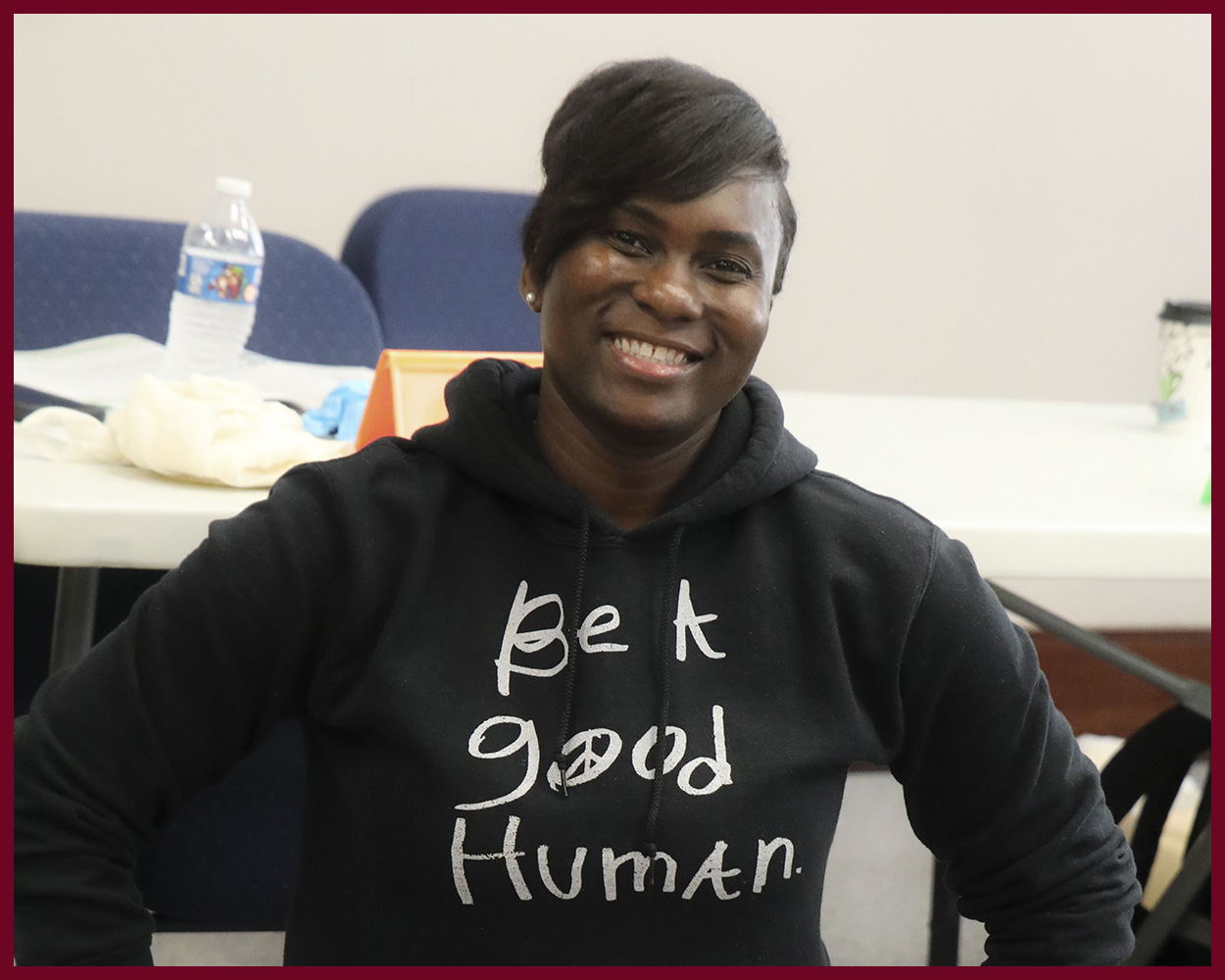News Release – 02/11/2025. Today, we are highlighting the importance of knowing Cardiac Pulmonary Resuscitation to save lives in emergency situations.
Taking “Stayin’ Alive” To Heart

Team Chatham is prepared to take care of each other’s (and our neighbors’) hearts
Would you know what to do?
The video below tells another story of how informed, swift response made the difference between life and death for regular people going about their regular jobs on a regular day. Shared from the National Safety Council, it drives home how vitally important it is to be prepared for such an unexpected emergency. The crew of CPR-trained coworkers expressed why they are all grateful for the training they never thought they’d have to use. “It just fell into place. For me it was actually easy, because I didn’t have to think. . . . It happens in a split second, and if you don’t have the training, it’s hard to be prepared.†“You don’t have to have an AED. This training you can take with you anywhere. You can save a life on a sidewalk , you could save a life on a plane.†“You don’t think it’s ever going to come into play, but having the right people in the right position saved the man’s life!â€
You can be a lifesaver simply by learning how to administer even Hands-Only CPR, which uses no breaths. Organizations such as the Red Cross or the American Heart Association offer CPR courses and other first aid classes to the public. You can even learn to use CPR virtually from a Youtube video.
Here’s a micro course: if you do nothing but perform chest compressions at the rate of 120 beats per minute on a person who is having a cardiac event, you can keep them alive while someone calls 911 and until an Emergency Medical Services team arrives to take over.
Know what just happens to have 120 beats per minute to help you keep the perfect rate of compressions? Stayin’ Alive by the BeeGees! (Sing it with us now: “Ah! Ah! Ah! Ah! Stayin’ Alive! Stayin’ Alive!â€) It’s the perfect song to help you remember how to keep a cardiac arrest victim alive, but if the BeeGees don’t work for you, you have options. Believe it or not Spotify has an entire playlist called “Songs You Can Do CPR To.†Find yourself one that will stick with you, so you can pull it out of your memory on the fly if you ever need to.
Learning CPR is a gift you give to the world, and it very well could be a gift the world gives back to you someday. Leigh Herald thinks back to another day, when another person gave that lifesaving gift to a stranger. “I always think of anyone who needs CPR as a family member,†she says. “It hits home to me, because my dad’s life was saved by someone using an AED.†February is Heart Health Month, and there’s no better way to observe it than to learn now how to help someone’s heart keep beating in a cardiac emergency. They may or may not send you annual bouquets, but they and everyone who loves them will be grateful for you for the rest of a much longer life.